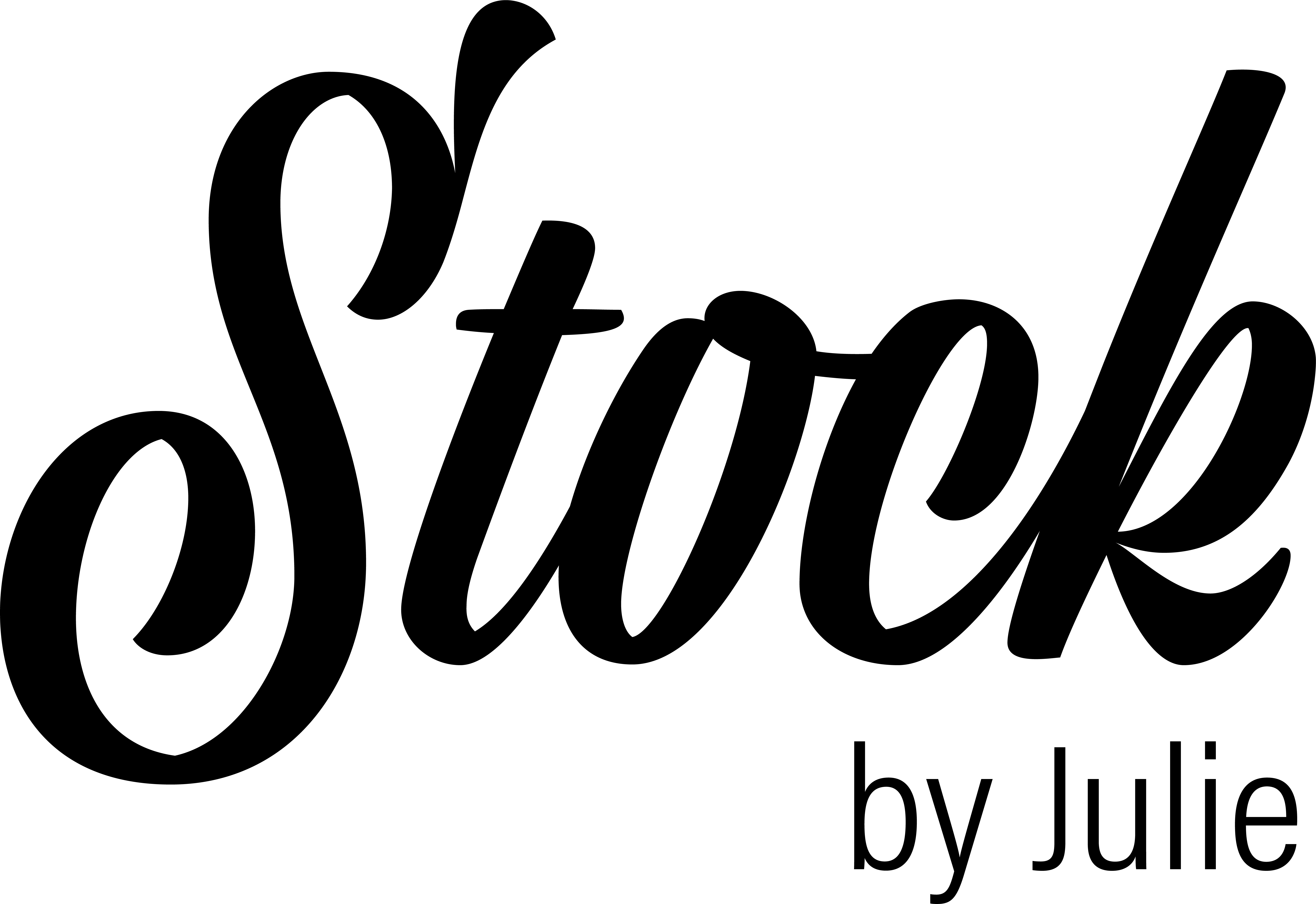What can sometime be a scary first experience, hair colouring is a feel-good remedy and is loved by salon go-ers across the country; with thousands of colours and colouring techniques, we are going to break hair colouring into its main aspects.
There are various techniques taking place in-salon, all seeking to cater for different effects and results. There are a variety of choices that can be made to achieve your desired finish, and these generally require a short conversation with your hairdresser at most. Commonly, one would opt for a natural look, yet a sun-kissed or vibrant statement are equally as popular. Which ever you choose, there are many colours to select and the look is limitless.
Permanent
Designed for a lasting impact, permanent tints start by either lighten or darken your base colour. Those with dark hair may add shades of ash for definition and depth; those with light hair however, may opt for a dip dye to introduce a darker tone towards the tips. Professional tints offer slight colour variations amongst individual stands to avoid flat and mutual spots and leave the hair looking natural.
In Style by Julie’s Igora inventory, the colours immediately add shine and improve bond conditions resulting in a healthy and vibrant fallout. As a rule of thumb, permanent tints need re-applying every 4-6 weeks depending on the speed of your hairs natural growth. For a second appointment, we retint the roots and drive the remaining colour through to the mid lengths and ends to refresh and brighten the palette.
Highlights
Using BlondeME bleach, it is achievable to lift your natural base colour up to 9 shades lighter, while maintaining your hairs natural strength properties.
Alternatively, stunning lowlights can be accomplished using a permanent tint to lighten your hair up to 5 shades lighter and will add warm dimension to your natural colour. Despite varying hair thicknesses one could have, lowlights can be changed to accommodate fine and thick hair strands depending on your desired look.
Weaved Highlights and Lowlights
In a similar fashion to what we previously mentioned, weaved highlights are incorporated into the main body of the hair; we recommend this in combinations of two or three colours. This technique attains striking effects and is very popular. These details can be added to the entirety of the hair or integrated selectively.
Balayage
Balayage, French for ‘sweeping‘, is the technique of free hand painting highlights onto the hair (often using a balayage board), resulting in a gradual lightening of the hair from the root to the ends. In its traditional fashion, this style preserves the natural hair colour at the root and progressively introduces new strand highlights as you work your way down towards the end. Consequently, the ends become a contrasting colour of their own, with a beautiful gradient leading towards it.
This style can be worked on all long hair types, but is arguably the most precise on straightened hair, where the transitions stand out. The result is the look of days spent at the Caribbean and works wonders on those looking for a fresh feel. This natural-looking highlighting technique is suitable for all hair types and is actually used on a variety of hair shades to add soft and sunkissed layering.
As pictured in the cover, we use one colour for the roots (first few inches of the hair), this is followed by a second colour for the mid-lengths and ends. Both colours can be subtle or can have an exaggerated contrast. During the tint, the two colours are intertwined so a definite line is never obvious.
And there you have it; you can hold your head high with beautiful, vibrant and glowing colour transformations.









